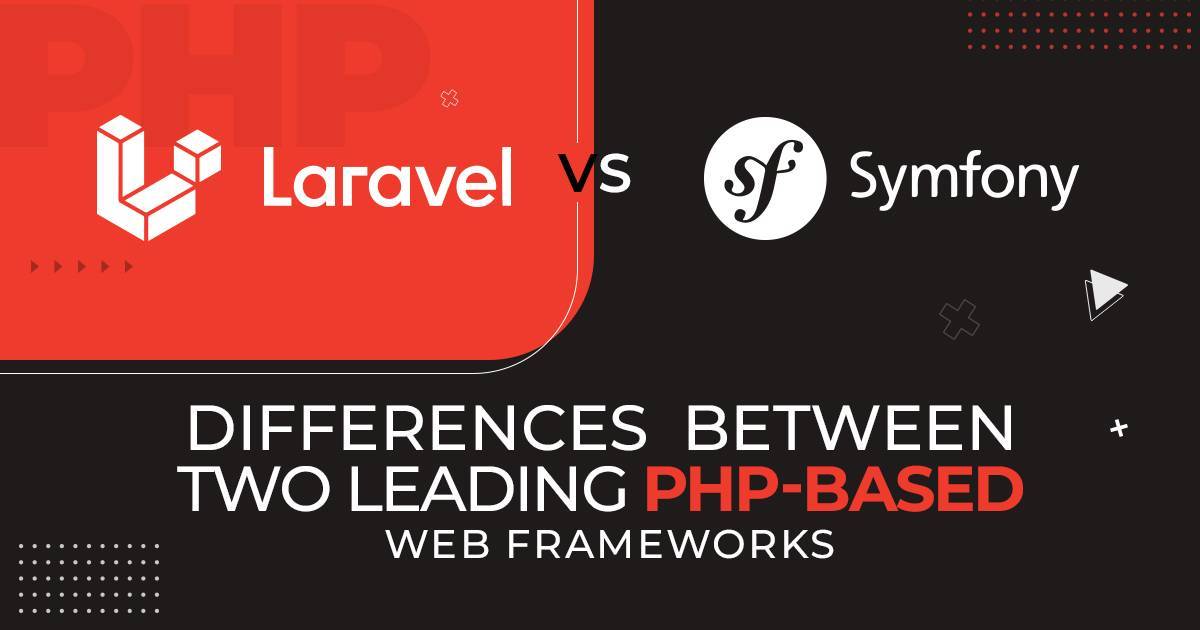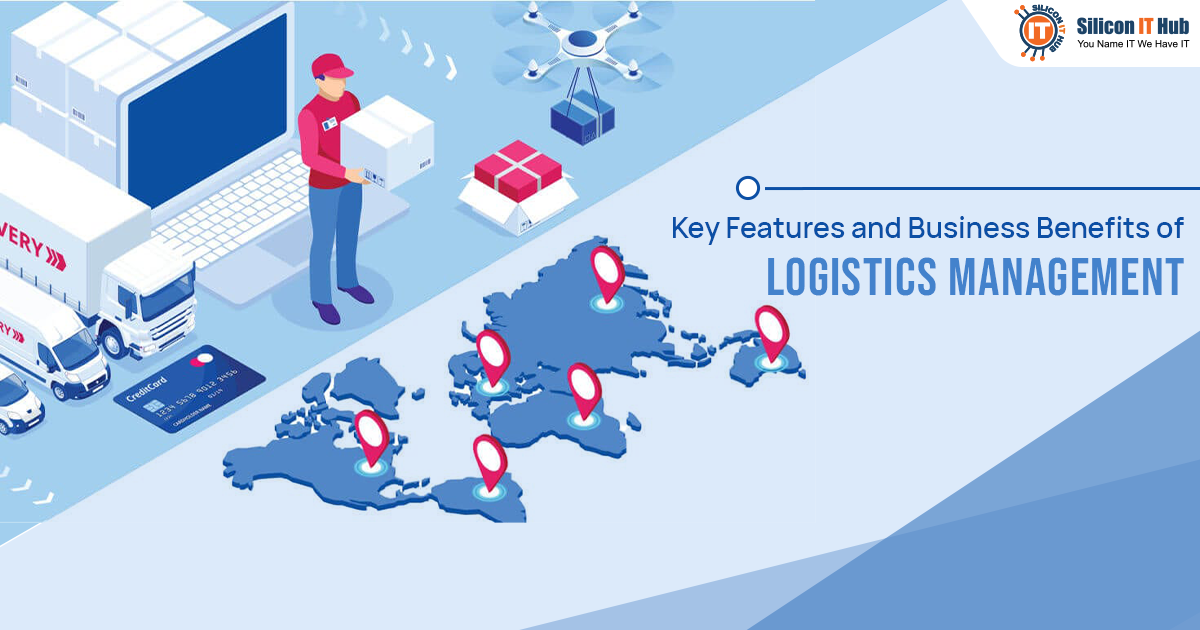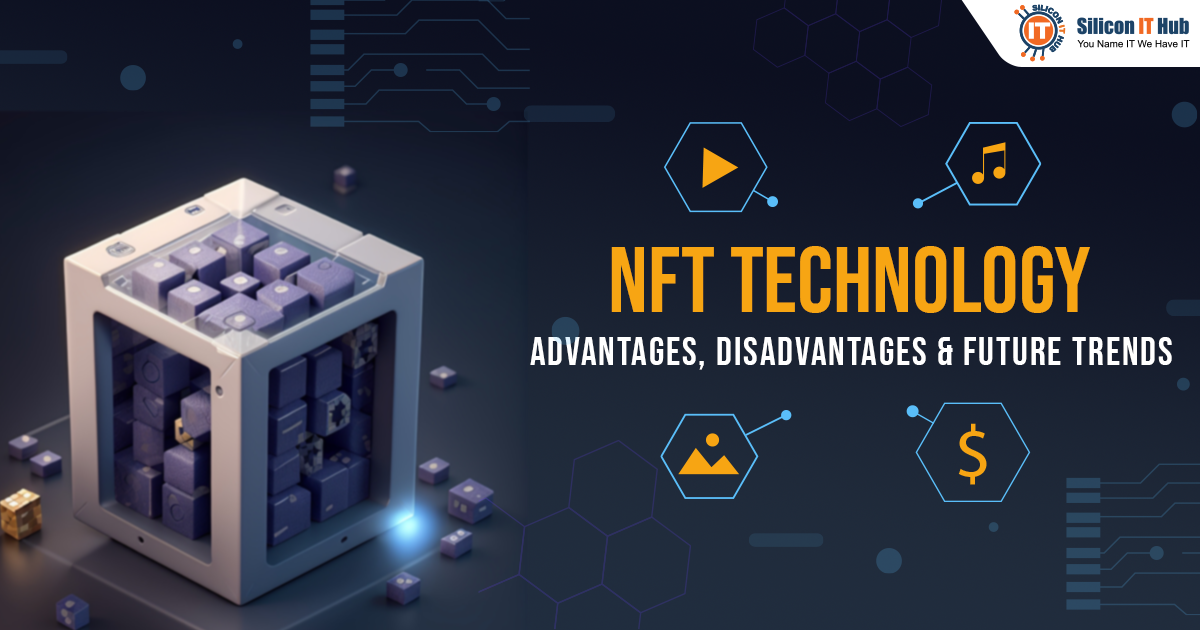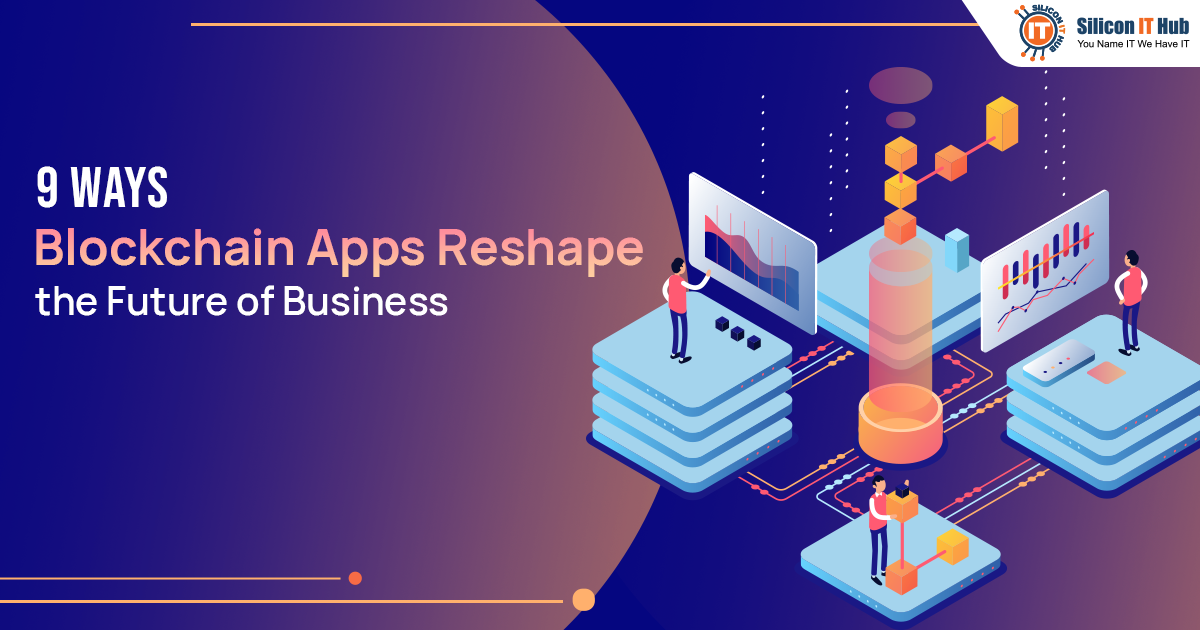

Laravel vs. Symfony: Differences Between Two Leading PHP-Based Web Frameworks

Introduction
While developing comprehensive enterprise-level web apps, PHP frameworks are the most frequently chosen solution.
Among the other available PHP frameworks , Laravel and Symfony remain hot favorites as they offer an outstanding coding style and efficient development practices.
According to GitHub , Symfony has 27.3k stars, and Laravel has 70.6k stars at the time of writing this article.
Here you can see the necessary skills in the PHP tech stack globally by the end of 2021.

In the world of custom PHP web development , both are popular choices. In this post, we have discussed the differences between Laravel vs Symfony so that you can choose the best one according to your project needs. Let’s start with a brief intro to both frameworks.
A Quick Walk-Through into Laravel Framework

Laravel is a PHP-based framework for comprehensive web development . It is open-source and completely free.
It is a user-friendly framework for a newbie and supports the Model-View-Controller (MVC) architecture for development.
It has features like,
Dependency injection
Job scheduling
Queues
Integration testing
Unit testing
Database abstraction layer
The above-listed features fasten and smoothen the development process of highly complicated apps. You can choose Laravel to scale a distributed cache system and deal with enterprise workload effortlessly.
Many big names use the Laravel framework like,
You can leverage Laravel’s ecosystem tools to incorporate into the projects and supports
Real-time events – Echo
OAuth – Socialite
Micro-framework – Lumen
Debug assistant – telescope
OAuth – Socialite
Local docker environment – Sail
Laravel Web Development Benefits
Superior performance
Robust error handling
Strong database management
Supportive libraries
Full-proof security
Ease of use
Seamless project management
Eye-catchy templates
Better authentication
Open-source nature
Laravel Web Development Drawbacks
Lacks inbuilt support
Complex with specific updates
Less community support over other platforms
It might feel complex at the initial stages
Complicated for legacy systems to shift to Laravel
Approaches included in the reverse routing process are sometimes complicated
Not mature as many other frameworks
A Quick Walk-Through into Symfony Framework

Symfony is a leading PHP-based web app framework that builds websites and web apps. It is developed based on the decoupled and reusable Symfony components. With Symfony, the best PHP apps get developed like,
Drupal
Prestashop
Symfony framework encourages and adopts,
Professionalism
Standardisation
Best practices
Apps interoperability
Symfony has an enthusiastic group of more than 6lakh developers in around 120+ countries. All Symfony professionals are committed to delivering the needed help no matter the level of complexity.

Symfony Web Development Benefits
Interoperability
Speed, flexibility, and reusable components
A pool of references like Intranets, general public sites, community sites, social networks, management and workflow applications, etc.
An active community of developers, integrators, users and other contributors
Community and company support
Faster and less greedy
Expandable
Ease of use
Unlimited flexibility
Stable and sustainable
Highly functional environment
Symfony Web Development Drawbacks
Harder to learn, build, and launch compared to other PHP frameworks
For multiple uses, it needs prebuilt codes, so it needs more time to test. It slows down the development process.
Some apps load slowly, as it depends on other technologies. Origin elements are absent.
Laravel and Symfony Similarities
Operating system | Cross-Platform |
|---|---|
Multilingual Content | Yes |
Scaffolding | Yes |
Full-text search | Yes |
AutoFocus | Yes |
Multi-user system | Yes |
Extension/Plug-in | Yes |
Machine Code Generation | Yes |
Pingback | Yes |
WYSIWYG – Editor | No |
ORM | Yes |
Image Processing Engine | Yes |
Revision Control | Yes |
External Pages | Yes |
Multiple Projects | Yes |
Laravel & Symfony Difference
Laravel | Symfony | |
|---|---|---|
Release Date | June 2011 | October 2005 |
MIT Licence | Yes | Yes |
Creator | Taylor Otwell | Fabien Potencier |
Design Architecture | MVC | MVC |
Written In | PHP | PHP |
Speed and Performance | Approx 60 milliseconds | Approx 250 milliseconds |
Database | Use ORM for data access through Eloquent. SQLite SQL Server MySQL PostgreSQL | Use ORM for data access through Doctrine. MySQL PostgreSQL SQLite SQLServer Oracle |
Tempting Engine | Blade – Ability to insert any possible PHP code | Twing – Modifies data with the usage of filters |
Purpose of using | Adaptability Easiness Quick web development | Reduce complicated web app development time and deliver long-term support in large-sized projects |
Server requirements | PHP >= 5.5.9 JSON and ctype Extension php.ini require a date.timezone setting | PHP >= 5.6.4 OpenSSL PHP Extension Mbstring PHP Extension PDO PHP Extension XML PHP Extension Tokenizer PHP Extension Composer |
Modularity | MVC-based apps with pre-built dependencies make Laravel less flexible but user-friendly. | It uses reusable components to ensure highly robust modularity, and the code is well-organised. |
Database migrations | Manual database migration. There is no need to define the fields. | Automatic data migrations. It requires fields’ definitions within the model. |
GitHub Stars | 70.6k | 27.3k |
Number of contributors | 614 | 2634 |
Data modelling | Need comprehensive knowledge of SQL Eloquent, which generally ties the app to the DB schema design. It creates less flexibility within the framework. | No need for comprehensive SQL knowledge but it is necessary to create a repository for each call. |
Popularity | Very popular. There are more than 1 million websites developed using Laravel. | Less popular. There are 33k websites developed using Symfony. |
Learning curve | Low | Middle |
Documentation | Text-based tutorials and Videos on, Laracast Treehouse SitePoint GitHub CodeBright | Basic documentation on Symfony community |
Features | Support ORM (multi-user system) on Eloquent Multilingual support HTML templating on Blade REST API compatibility Low installation capacity | Support ORM (multi-user system) on Doctrine Multilingual support HTML templating on Twig REST API compatibility (with FOSRestBundle) Low installation capacity |
Repository | Laravel repository | Symfony repository |
Laravel is a Perfect Match for Rapid App Development.
Laravel follows its own concept and logic to build PHP apps. It enables developers to deliver more with less code. If you are looking for quick project delivery with fewer professionals and developers, Laravel would be the perfect match for your project.
Laravel helps to save extra effort and time. You can be free from daily repetitive tasks and focus more on core project solutions.
Laravel installation lets you access many pre-built functionalities like the Object Relational Mapper, Blade, and Eloquent. Laravel developers do not need to set up the Laravel package as it is readily available.
Laravel contains robust tools that automate general processes such as,
Queueing
Routing
Authentication
Sessions
Caching
Symfony is Suitable for Business Level App Development.
Symfony needs more time and workforce at the initial stages as it requires much work for the element configuration. Yet, it is considered the best choice for complicated projects.
However, you will get returns on invested workforces, as there is vast scope for custom functionality and changes to address emerging business needs.
While installing Symfony, you will get only the skeleton framework. There are no built-in dependencies such as a template engine and default library. Symfony contains a modular structure with independent components.
When a need arises to perform in-depth core changes in the project, you have to re-configure only the specific unit in the architecture rather than the whole project.
Symfony does not have preset logic for the element configuration. So developers can use the suitable configuration solution according to their choice.
How to Make The Right Choice?
To ensure your choice for the short and the long run, assess some aspects such as:
Your current needs.
Do your needs get addressed by a packaged solution?
Needed skills while choosing a framework.
What are the possibilities of the developed solution being upgradeable?
At last, don’t fall for the evident simplicity of the needs. In many circumstances, business norms and functions to be built are not so easy to apply.
Moreover, Symfony also suits small-sized projects.
In a Nutshell
Laravel vs Symfony is a tempting comparison usually done by PHP developers. Both have their plus points and challenges, similarities and differences, and still, stay ahead as the well-known PHP frameworks .
This article has compared them both. For developers, it is like picking the better out of the best.
Select any of the two robust and mature PHP frameworks- both are widely accepted and reliable and deliver excellent results!
Latest Blog

Key Features and Benefits of Logistics Management Software
In this post, we will see the features, benefits, and trends in logistics management software. Before moving ahead, let’s understand logistics management and its importance. ...

NFT and Blockchain App Development Services- Aspects You Need to Know
In this post, we will cover the key benefits and disadvantages of NFTs with the highlight of future trends. Let’s understand the concept of NFTs and its importance in blockchain app development servic...

Top Business Benefits of Blockchain Application Development Services
In this post, we will dig deep into the benefits of blockchain app development for modern businesses....




